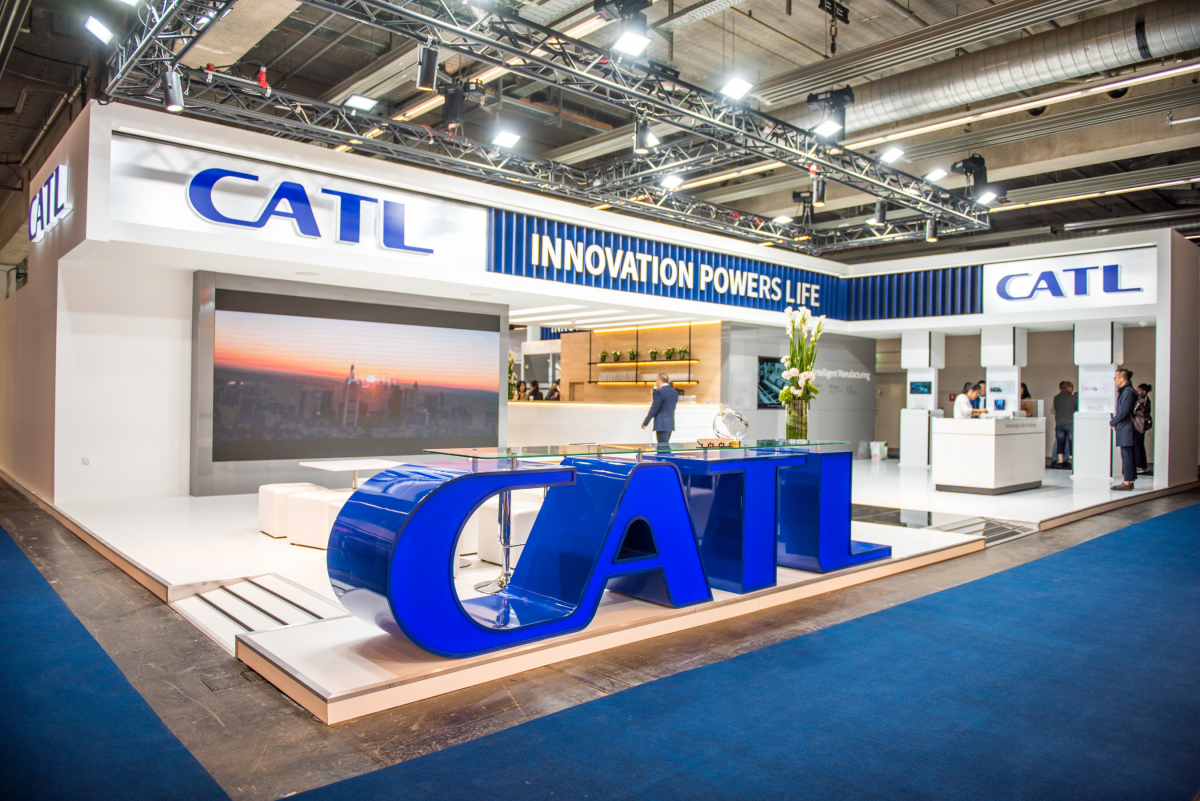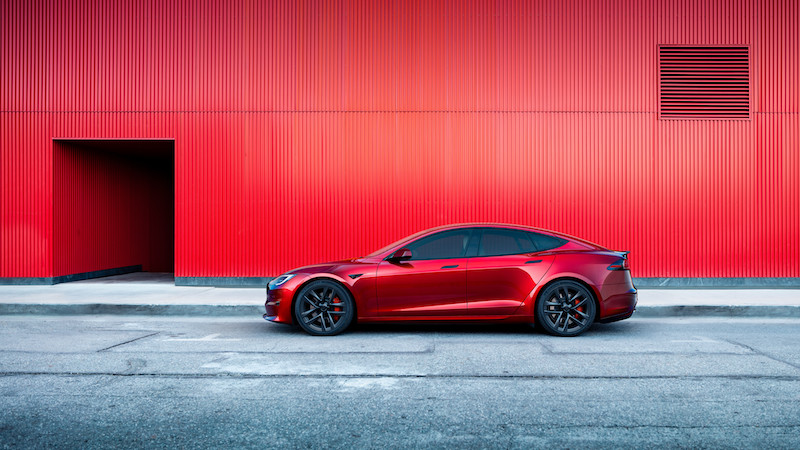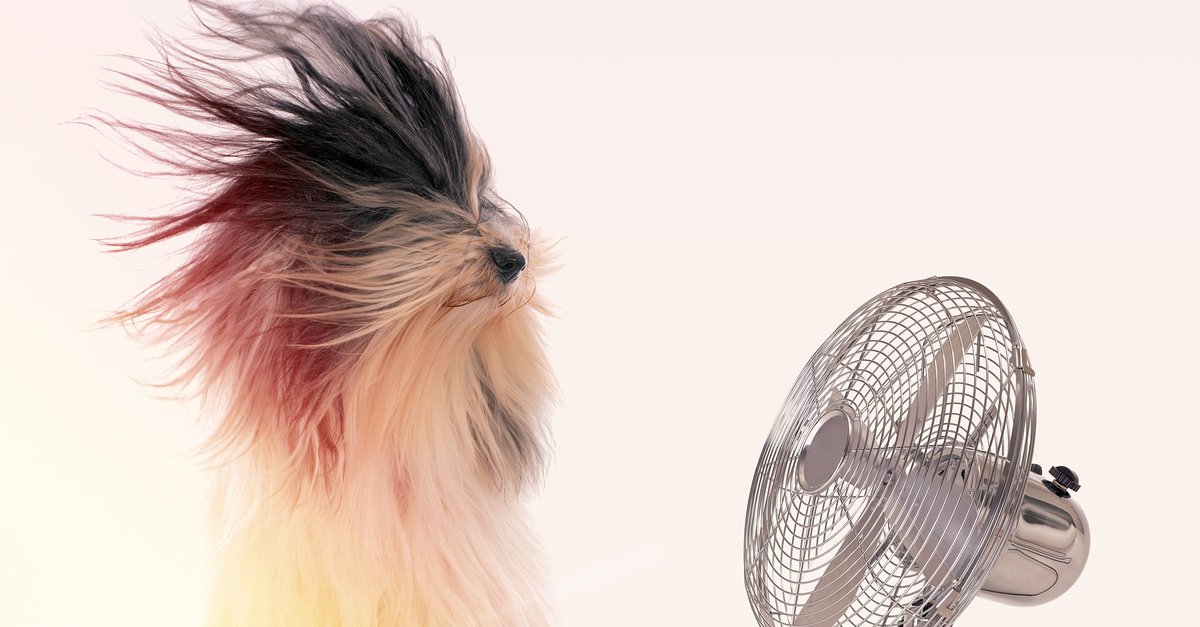Battery technology: CATL relies on sodium ions
The battery cell manufacturer is one of the big players in this segment. (Image: CATL)
The new technology is said to have advantages in terms of fast charging and compatibility. It does not have a higher energy density.
The Chinese battery cell manufacturer CATL has presented its next generation of car batteries. In contrast to conventional lithium-ion cells, they are based on sodium ions, so they do without cobalt and lithium, the extraction of which has repeatedly hit the headlines. Also one mixed use of lithium-ion and sodium-ion cells has been developed, writes the company in its press release. Accordingly, the new cell chemistry is suitable for the manufacturer’s cell-to-pack technology, so that it can be integrated directly into the electric car – without any battery modules.
Contents
Advantages in terms of loading speed and temperature consistency
The country’s largest battery manufacturer does not explain whether the change in material will result in a price advantage. According to him, the main advantages are high thermal stability. This means that the mixture retains its performance even at very low temperatures. At an ambient temperature of -20 degrees Celsius, it has a discharge rate of more than 90 percent. The developers call this “excellent”. Another advantage lies in the good multiplier capabilities, so the charging power does not decrease so much during the charging process. This in turn affects the charging time: a sodium ion pack should be able to charge to 80 percent capacity in 15 minutes.
The energy density of battery chemistry is 160 watt hours per kilogram. This is not a particularly good value. In general, it is lower than its lithium-ion counterparts, admits CATL. With the help of hard carbon materials on the negative electrode, however, the low energy density is improved. With a density of 200 watt hours per kilogram, the next generation should even relegate the lithium-ion method to second place. In addition, the electrode materials lead to a high cycle stability. CATL had to solve “strict requirements for material structure stability and dynamic behavior” in order to make the first generation of sodium-ion cells ready for the market. The core problem of the rapid drop in capacity has also been brought under control.
The company explains that it has developed an AB battery system solution that allows the two types of battery to be used in parallel. Lithium-ion and sodium-ion cells could be mixed in a certain ratio and integrated together in the same battery system. Intelligent battery management makes this possible. The AB solution compensates for the weaker energy density of the sodium ion batteries “at this stage” and shines with their advantages such as high performance and low capacity losses in the cold.
Industrial production starts
The 200 billion company sees great advantages in industrial production. Since the process is similar to lithium-ion production, “perfect compatibility” is achieved. Production systems and processes can therefore be quickly converted to the new variant. According to its own information, CATL has already started the preparation. The company has announced the production chain for sodium ion products for the year 2023. So far, it has produced battery cells for Tesla, Mercedes and VW and is reported to also supply them for the Apple Car.



